Most parents know the challenges of getting kids to eat healthy foods. Children are bombarded with advertising and media messages for foods that are filed with sugar, fat, and iffy ingredients. Even if a child makes their own choice to go vegetarian and vegan, that's no guarantee that they won’t be finicky. Here are 10 tips to help kids make healthy food choices; these can also apply to picky eaters of the teen and adult variety, too!
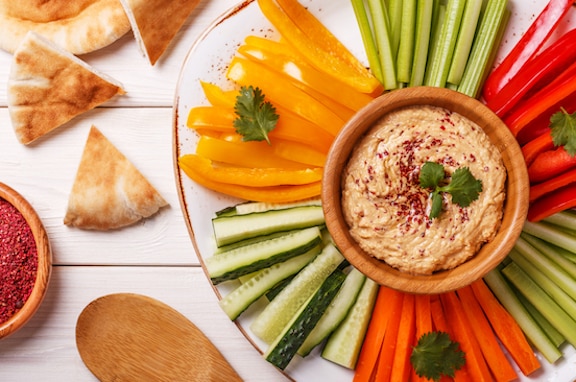
Give kids choices. This doesn’t mean handing them all the power and letting them dictate meals. But seriously, put yourself in their shoes. What if, day after day, some authority figure made all of your meals and compelled you to eat them, whether you liked them or not?
Giving kids choices — and I don’t mean between candy and ice cream, but between red and yellow peppers, for example, gives them a role in the process. I’ve seen moms with young kids at the natural foods store ask their child, “Do you think we should get some [fill in the blank — grapes, strawberries, bananas ...]?” It’s a teachable moment for the child, a way to familiarize them with healthy foods.
At meals, serve several healthy side dishes and let your child — or childlike eater — choose what they'd like. Raw vegetables with a tasty dip or hummus; cherry or grape tomatoes; thin slices of multi-colored bell peppers; chunks of marinated baked tofu or tempeh nuggets heated up with barbecue sauce; spiced chickpeas— these are just some possibilities.
At dinner, serve dishes that have a DIY component, like the Sizzling Tofu or Tempeh Fajitas shown at top; everyone can tailor their fajitas to their own tastes.
Take kids to the natural foods store or farm market with you. Compared with supermarkets, these venues feature far fewer tempting items to be whined for, and even if some wheedling takes place, it’s likely to be for foods you’d want to take home. It's not for nothing that supermarkets display candy and junk foods close to the registers.
Let picky eaters help with meal planning and preparation. Even the most intransigent of eaters can be swayed by giving them some say in meal planning. Show them colorful photos of tasty dishes in books or on the web and tell them that they can help plan, shop for, and prepare one meal a week. Their pride and sense of accomplishment might just inspire better eating habits. If kids feel invested and empowered, they’e more likely to enjoy the outcome.
If you don’t want your kids to eat it, don’t keep it in the house! When my kids were younger, and we visited other families, we’d sometimes witness arguments over food, for example, how many cookies the child could have at 4:00 pm. Guess what? If you don’t stock the cookies at home, there will be no argument. Save those kinds of foods as occasional treats outside the home.
Don’t bargain and don’t force. I can’t think of anything that can backfire more than bargaining for bites, as in, “if you have just three bites of this, you can have dessert.” That sends a message that the healthy part of the meal is a drag, or a mere portal to the promised land of sweets.
Kids need to get the message early on that a good meal is reward in itself. Worse yet is punishing a child for refusing a food. Offering a wide variety of foods, simply prepared and pleasingly served, will always yield better results.
Use subterfuge. As a last resort, hide nutritious foods in tasty preparations. It’s easy to sneak steamed, pureed high-nutrient veggies (broccoli, cauliflower, winter squash, carrots, and greens) into pasta or pizza sauce. Pureed silken tofu adds protein to soups, sauces, and smoothies. And it’s amazing how many vegetables can disappear into a soothing pureed soup. Sweet potatoes, squash, green veggies, and even the often-spurned onions and garlic become palatable in a puree.
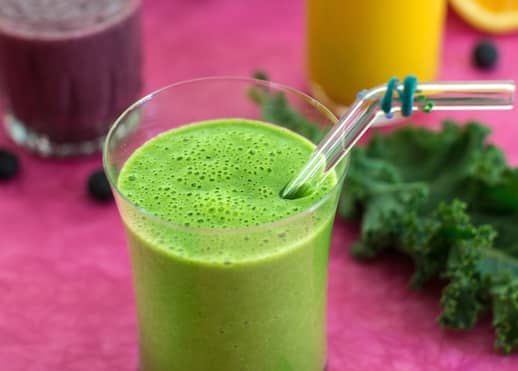
Enjoy liquid nutrition without the empty calories. Smoothies are another way to concentrate vitamin-rich foods in a way that goes down easy. If you have a high-powered blender, you can even add high-nutrient raw veggies like carrots, squash, or sweet potato to smoothies. If you’re really lucky, you can work your way up to adding greens to your family’s smoothies.
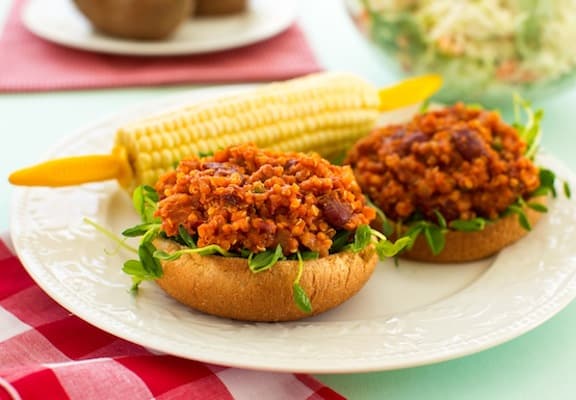
Recognize that “kid food” can be healthy when made with good ingredients. If you have young children, your shared meals might seem like “nursery food” for some time, but comfort food can be made healthy and tasty, too!
Some kid-friendly meals that even adults can enjoy include pizzas (with vegan cheese; get them used to veggie toppings from the get-go), vegan burgers and sloppy joes; vegan mac and cheese with green veggies on the side; classic pasta dishes or lasagne with marinara sauce and veggies; fun Tex-Mex meals like bean tostadas and fajitas that they can assemble themselves.
Be persistent, but not pushy. Even kids who willingly go vegetarian or vegan can be picky about vegetables, in particular. Introduce less challenging veggies to picky eaters, like potatoes and sweet potatoes, carrots, and corn. Continue to put vegetables on the table, lightly cooked, raw (serving with dips helps a lot!), and incorporated into other dishes. Roasting vegetables is a big plus, as it helps bring out their natural sweetness.
Don’t make a big deal of it. This is a case where familiarity breeds acceptance. In addition, many studies have shown that the “clean your plate” rule, over the long term, has the tendency to backfire. The consequences include lifelong battles with weight and/or eating disorders. Round out your fresh produce repertoire with plenty of fruits, especially for those who are balky about vegetables.
Express gratitude for what's on the table. Last but definitely not least, be aware that your attitude about serving meals is almost as important as what's on the table. If you exhibit weariness or send the message that meals are a chore, that's what's going to sink in. It's true that getting a healthy dinner on the table day in and day out is a lot of work, and this isn't to dismiss it. But those of us fortunate enough not to experience constant food insecurity would do well to acknowledge that, and let our kids know that we're grateful for that.


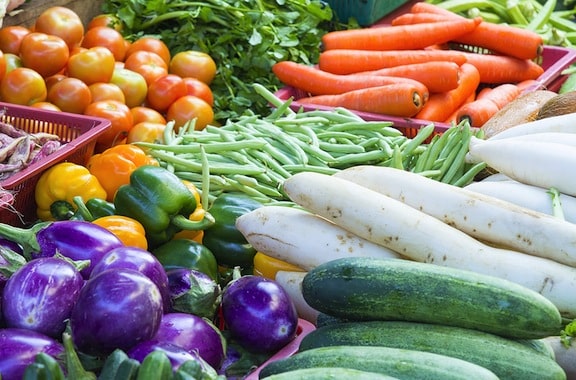

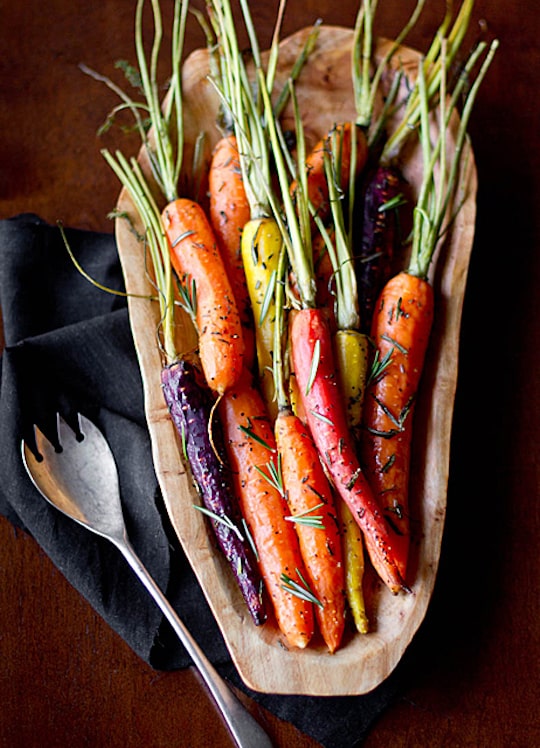


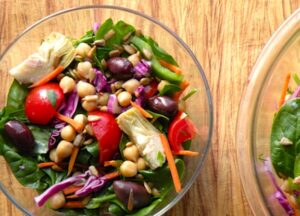

Comments
No Comments